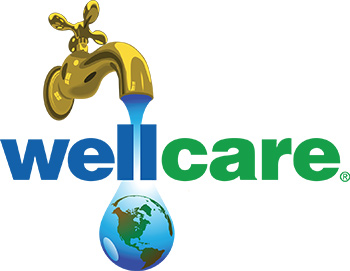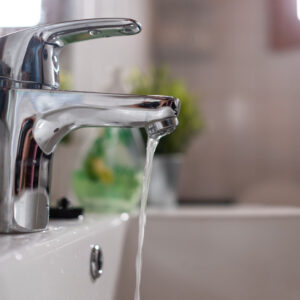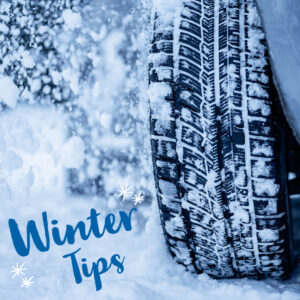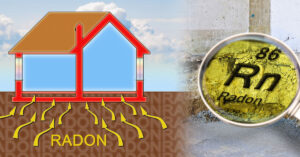 Don’t have any snow on the ground? That’s okay, you can make it!
Don’t have any snow on the ground? That’s okay, you can make it!
Fake Snow Supplies
Sodium polyacrylate
Water
Container to mix in
What You Do
There are a couple of ways to get the ingredient necessary to make fake polymer snow. You can purchase the fake snow or you can harvest sodium polyacrylate from common household sources. You can find sodium polyacrylate inside disposable diapers or as crystals in a garden center, used to help keep soil moist.
All you need to do to make this type of fake snow is add water to the sodium polyacrylate and mix the gel. Add more water until you have the desired amount of wetness. The gel will not dissolve. It’s just a matter of how slushy you want your snow.
Sodium polyacrylate snow feels cool to the touch because it is mainly water. If you want to add more realism to the fake snow, you can refrigerate or freeze it. The gel will not melt. If it dries out, you can rehydrate it by adding water.
**Once you are done with your snow creation, you can dispose of it in the trash. DO NOT put it down the drain into your plumbing or septic system. This product can cause clogs.**
For complete details and tips go to thoughtco.com.



